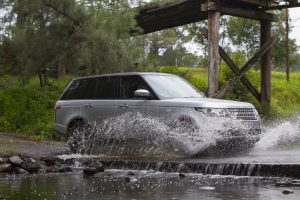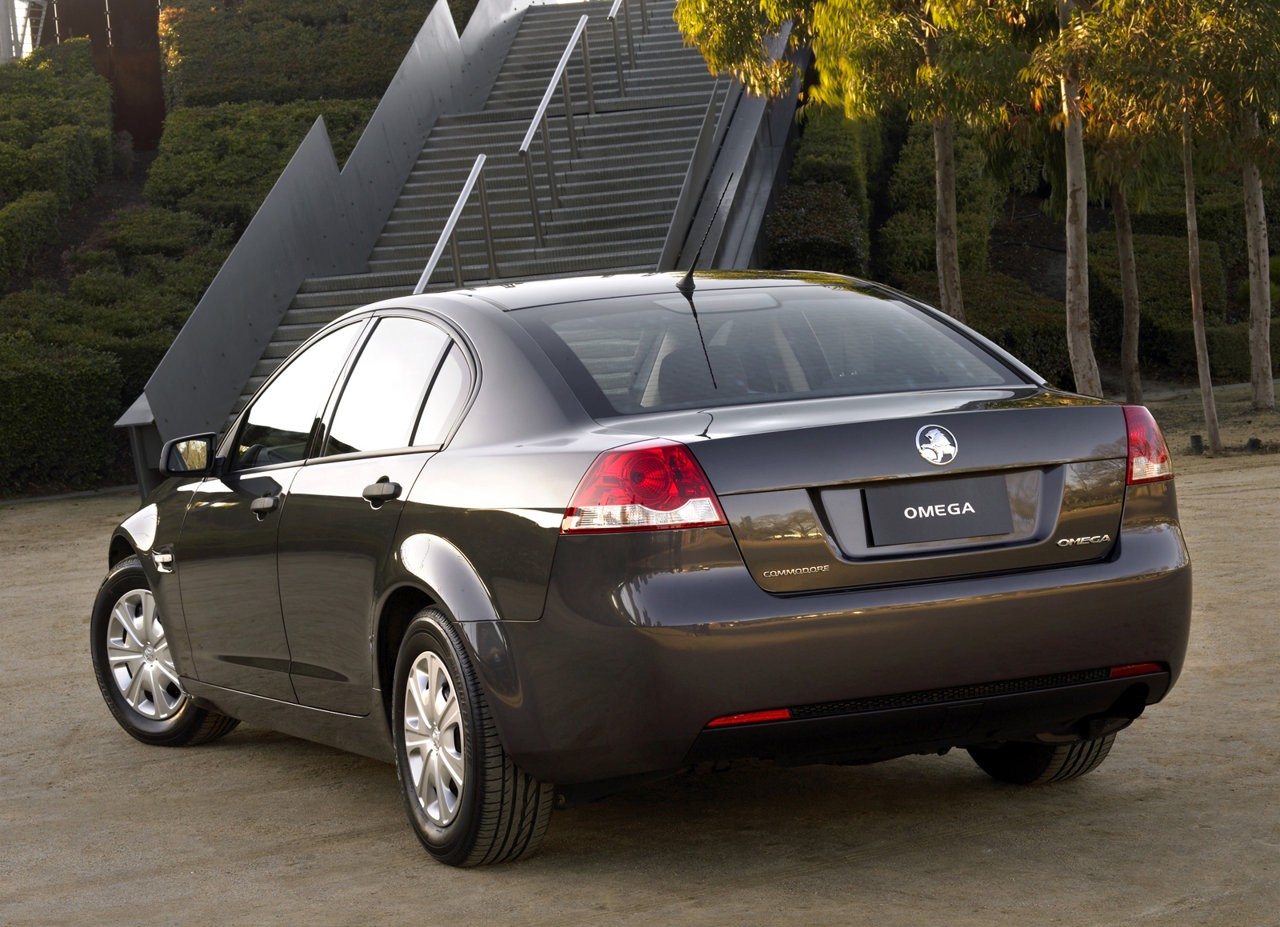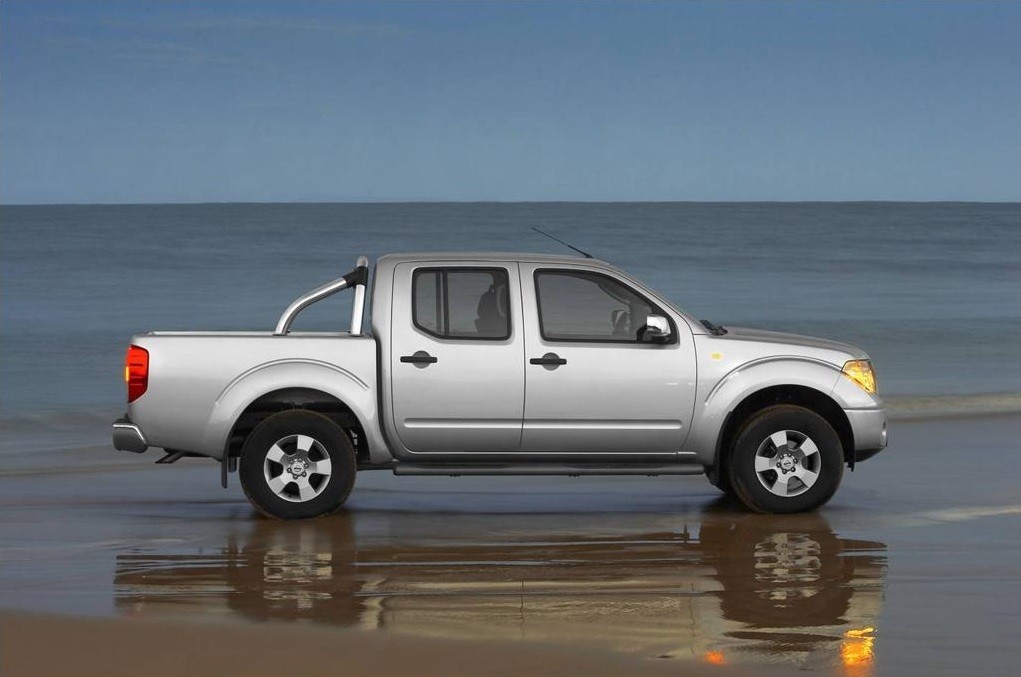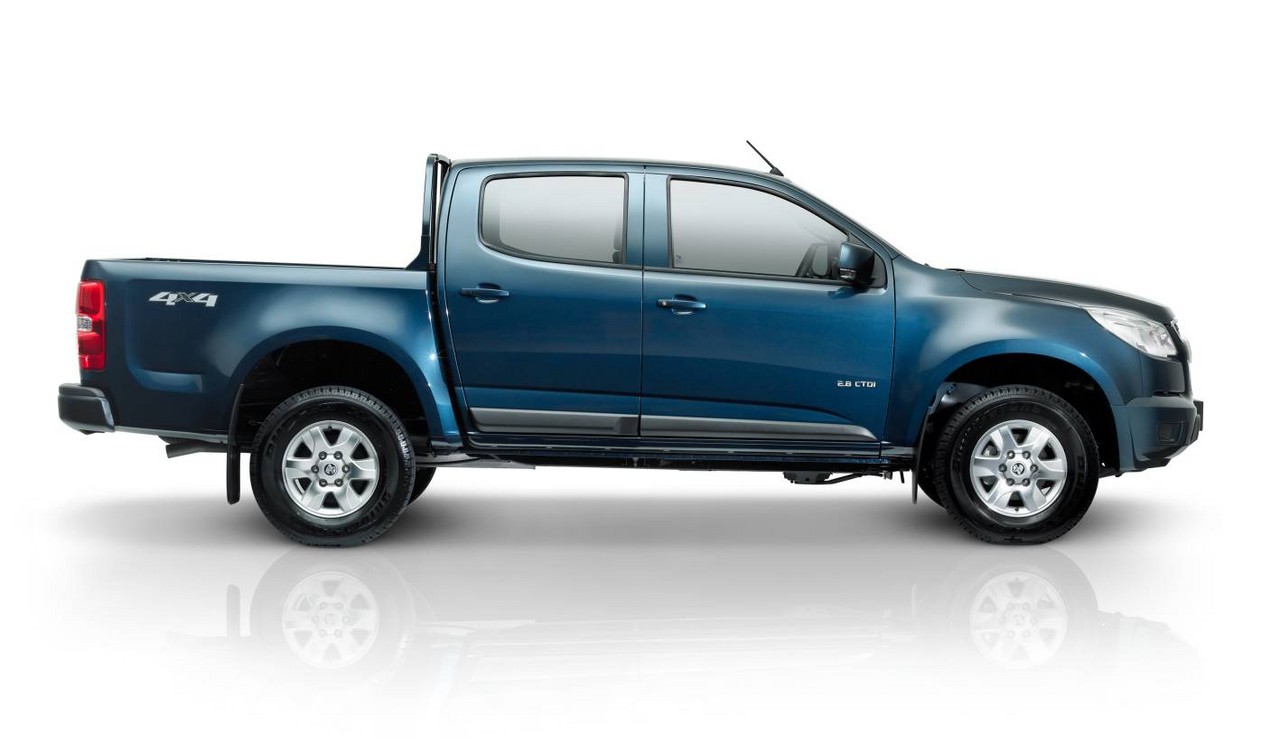Recalls: Land Rover L405 Range Rover
Overview
Manufacturers, or importers, issue recalls for defects or faults which have the potential to cause injury. Generally, manufacturers will inform the original buyers if their vehicle is subject to a recall and of the steps required to remedy the defect or fault. Please note that the recalls below (if any) are for Australian-delivered vehicles only. Furthermore, the number of recalls should not be taken as an indication of a model’s reliability or its safety more generally.
Recalls: Land Rover L405 Range Rover
2014 model year Land Rover L405 Range Rover: indicator lamps
In May 2014, a recall was issued for 2014 model year L405 Range Rover vehicles. In these vehicles, the front direction indicator lamp diagnostics do not provide the legally required double click/double flash warning required. Indicators that do not function as intended to make the vehicle less conspicuous in traffic may increase the potential for a motor vehicle accident. For a list of the recalled vehicles by VIN, please see PRA 2014/14085.
2013 model year Land Rover L405 Range Rover TDV6 and SDV8: fire hazard
In August 2014, a recall was issued for 2013 model year Range Rover vehicles with the TDV6 and SDV8 engines. Under certain conditions, an internal short circuit in the cooling fan module could cause the fan to fail and combustion of the external cable insulation. Secondary short circuits could then be created, leading to further fire propagation. The recalled vehicles had VINs in the range SALGA2KEXDA000001 to SALGA2JE9DA110085 (PRA 2014/14251).
Land Rover L405 Range Rover V6 and V8 Supercharged: loss of power braking
In February 2015, a recall was issued for L405 Range Rover vehicles that had supercharged 3.0-litre V6 and supercharged 5.0-litre V8 engines. In these vehicles, the brake vacuum hoses may have been incorrectly routed and could chafe against the auxiliary drive pulley. Over time, the hose may rupture and cause a loss of brake servo assistance. Without this assistance, braking distances would be greater, increasing the risk of a collision. The recalled vehicles were manufactured from 16 August 2012 to 8 January 2014 and had VINs in the range SALGA2EEXDA100000 to SALGA2DF7EA154799 (PRA 2015/14528).
Land Rover L405 Range Rover: fire hazard
In February 2015, a recall was issued for L405 Range Rover vehicles that had VINs in the range SALGA2EE3FA197043 to SALGA2KEXFA216496. In these vehicles, the incorrectly sized blower motor wire was installed on the right hand drive (RHD) vehicle harnesses – these could pose a fire hazard (PRA 2015/14551).
2012-15 Land Rover L405 Range Rover: doors may open in collision
In August 2015, a recall was issued for Range Rover vehicles that were manufactured from 29 March 2012 to 23 May 2015. In these vehicles, the doors may not catch on either the primary or secondary latch and could therefore come open – this could increase the risk of a vehicle crash or compromise the safety of the occupants. The recalled Range Rover vehicles had VINs in the range SALGA2KEXDA000001 to SALGA2DF2FA223058 (PRA 2015/14848).
2015 Land Rover L405 Range Rover: second row backrest may not latch
In December 2015, a recall was issued for Land Rover L405 Range Rover vehicles that were manufactured from 1 June 2015 to 12 June 2015. In these vehicles, the second row seat backrest may not latch into position correctly because the visual indication on the seat latch was misaligned. In the event of a collision, the occupant may not be sufficiently restrained, increasing the risk of injury. The recalled L405 Range Rover vehicles had VINs in the range SALGA2VF2FA239176 to SALGA2VF0FA241024 (PRA 2015/15081).
2012-13 Land Rover L405 Range Rover TDV6 and TDV8: crank position sensor
In July 2016, a recall was issued for Land Rover Range Rover vehicles that had 3.0 TDV6 or 4.4 TDV8 diesel engines and were manufactured from 2 April 2012 to 2 May 2013. In these vehicles, the engine may not start or may stop running without warning due to an incorrectly manufactured crank position sensor. If the latter occurred, the vehicle would lose power braking and steering assistance such that increased brake pedal and steering effort would be required to control the vehicle. If the vehicle had an air suspension system, the system may also reduce the vehicle to its lowest ride height position. As such, the cessation of the engine while driving posed an accident hazard to the driver and other road users. The recalled Land Rover Range Rover vehicles had VINs in the range SALGA2KE6EA000013 to SALGA2HF4DA124233 (PRA 2016/15505).
2016-17 model year Land Rover L405 Range Rover: front passenger airbag may not deploy
In February 2017, a recall was issued for 2016 and 2017 model year Land Rover L405 Range Rover vehicles that were available for sale in Australia from 31 August 2016 to 31 October 2016. In these vehicles, the mixture of chemicals used in the front passenger airbag may not meet specification. In the event of a collision, the initiator may therefore not function properly and the front passenger airbag may not inflate. If the airbag failed to deploy, it would increase the risk of injury to the front seat occupant. The recalled Land Rover L405 Range Rover vehicles had VINs in the range SALGS2PF6GA310620 to SALWA2KF8GA112983 (PRA 2017/15899).
2016 Land Rover L405 Range Rover: front seatbelt pre-tensioner may fail
In March 2017, a recall was issued for Land Rover L405 Range Rover vehicles that were available for sale in Australia from 1 August 2016 to 30 November 2016. In these vehicles, the chemical mix ratio in some seatbelt pre-tensioner initiators may not meet specification and this could cause the initiator to malfunction. In the event of a collision, the front seatbelt pre-tensioner may therefore fail to operate, increasing injury risks to the occupants (PRA 2017/15977).
2016-17 model year Land Rover L405 Range Rover: front passenger seatbelt
In May 2017, a recall was issued for 2016 and 2017 model year Land Rover L405 Range Rover vehicles. In these vehicles, the emergency locking retractor in the front seatbelt assembly may not function correctly. In the event of heavy braking prior to a collision which caused the front passenger airbag to deploy, the front passenger may not be restrained as intended and this could increase the risk and severity of injury. The recalled Land Rover L405 Range Rover vehicles had VINs in the range SALGA2KE1GA290617 to SALGA2EK2HA320551 (PRA 2017/16051).
2017 model year Land Rover L405 Range Rover: ‘virtual’ instrument display intermittently goes blank
In January 2018, a recall was issued for 2017 model year Land Rover L405 Range Rovervehicles because the ‘virtual’ instrument display could intermittently go blank (i.e. no information would be displayed). Since the instrument display would no longer display information such as vehicle speed, there would be an increased risk of collision. For the VINs of the recalled vehicles, please see PRA 2018/16520.
2018 model year L405 Range Rover: potential fuel leak
In March 2018, a recall was issued for 2018 model year Land Rover L405 Range Rover vehicles that had 2.0-litre turbocharged ‘Ingenium’ petrol engines. In these vehicles, the engine-mounted fuel rails may not have been manufactured correctly – this could cause fuel vapour and liquid fuel leaks within the engine bay. If this occurred, vehicle occupants may notice a fuel odour and, if the bonnet was lifted, liquid fuel could be visible. If the leaking fuel came into contact with a hot surface in the engine bay, the fuel could ignite and start an under-bonnet fire. For the VIN ranges of the recalled vehicles, please see PRA 2018/16680.
2017-18 Land Rover L405 Range Rover: indicator lamps may not work
In February 2019, recall campaign N277 was issued for Land Rover L405 Range Rover vehicles that were available for sale in Australia from 10 November 2017 to 18 December 2018. In these vehicles, the directional indicator lamps may fail to operate when the steering column mounted indicator controls were used. Furthermore, there would be no visual or audible warnings to notify the driver of this failure. Since the directional indicator lamps were designed to signal an intended change of direction, other road users would not be were of this intention and this increased the risk of a collision. For the VINs of the recalled vehicles, please see PRA 2019/17330.
Problems and faults: Land Rover L405 Range Rover
Overview
This section identifies potential problems, causes and fixes based on the experiences of owners and repairers, online sources and technical service bulletins. This information is provided solely for reference purposes and AustralianCar.Reviews recommends that only properly qualified persons carry out repairs or modifications. Furthermore, the number of items below should not be taken as an indicator of a model’s reliability or the frequency with which they may occur.
To report a problem or fault to the AustralianCar.Reviews team, please use the Contact Us form. Note that AustralianCar.Reviews does not offer advice on automotive problems or disputes; such enquiries will not receive a reply. For vehicles purchased from dealers after 1 January 2011, please see our Australian Consumer Law fact sheet.
2012 Land Rover L405 Range Rover 3.0L TDV6: crankshaft bearing failure
In May 2014, Land Rover issued service bulletin SSM71816 for Land Rover L405 Range Rover vehicles that had V6 diesel engines manufactured in 2012, i.e. the Range Rover 3.0L TDV6. According to the bulletin, these vehicles could experience crankshaft failure due to:
- Incorrect location of the main crankshaft bearing shells during assembly; or,
- Rotation of the crankshaft bearing shells during normal use.
Owners have reported experiencing sudden engine failure and having had less than thirty (30) seconds to pull off the road once abnormal engine noises are heard. The service bulletin lists the following as symptoms of crankshaft failure:
- The engine may make a loud ‘rumbling/knocking’ noise when running which worsens under load. Furthermore, the engine oil pressure warning light may flash or be continuously illuminated, especially at low engine speeds;
- There may be a hole in the oil sump or engine cylinder block, with oil leakage and/or metallic debris in the under-tray; and,
- If the crankshaft seized, it would not be possible to turn the engine (via the starter motor or crankshaft pulley bolt).
It is understood that a new crankshaft bearing design was introduced in 2012 to prevent crankshaft bearing failure.
In August 2016, SSM72928 was issued and AustralianCar.Reviews understands that it supersedes SSM71816.
2013-14 model year Land Rover L405 Range Rover V8: click and rattle noises
In April 2015, Land Rover issued Technical Bulletin LTB00618NAS4 for 2013-14 model year Land Rover L405 Range Rover vehicles that had 5.0-litre naturally aspirated and supercharged V8 petrol engines. In these vehicles,
- A single or multiple ‘click’ noise may be heard from the engine bay during sharp acceleration or braking. The noise may also occur during sharp turns at speeds of 10-25 km/h; and,
- A ‘rattle’ noise may be heard when driving over an irregular road surface (cobble stones, bricks, et cetera) until the road surface changes. The sound may also be described as a light vibration and could occur at any temperature or ambient condition.
According to the technical bulletin, these noises may be due to the engine mounts and/or steering gear vibrating. To fix,
- The engine mounts were to be replaced;
- A test drive was to be used to determine if the problem was resolved;
- If not, a new steering gear was to be fitted.
The affected L405 Range Rover vehicles had VINs in the range DA001204 to EA152794.
2013-14 model year Land Rover L405 Range Rover V8: radiator leak
In January 2014, Land Rover issued Technical Bulletin Q342NAS2 for 2013-14 model year Land Rover L405 Range Rover vehicles that had 5.0-litre naturally aspirated or supercharged V8 engines. In these vehicles, the main cooling radiator may leak coolant from the top tank area – this would eventually cause the level sensor in the expansion tank to detect low coolant and activate the low coolant warning message. To fix, the main cooling radiator was to be replaced. The affected Land Rover L405 Range Rover vehicles had VINs in the range DA107563 to EA115165.


